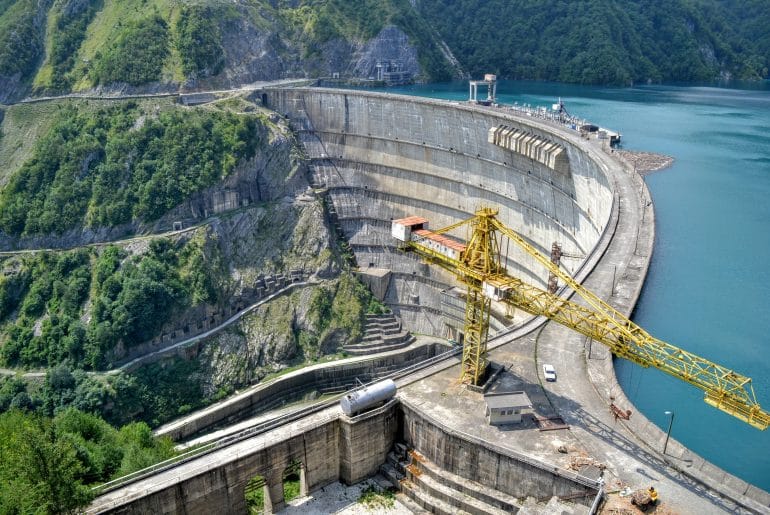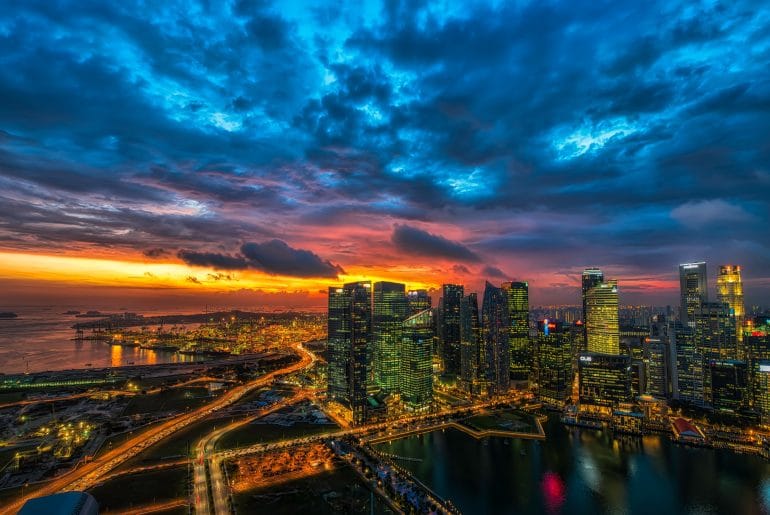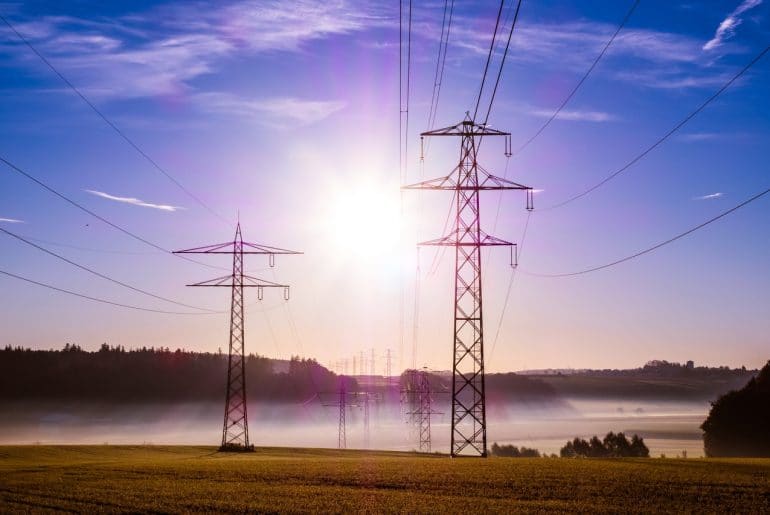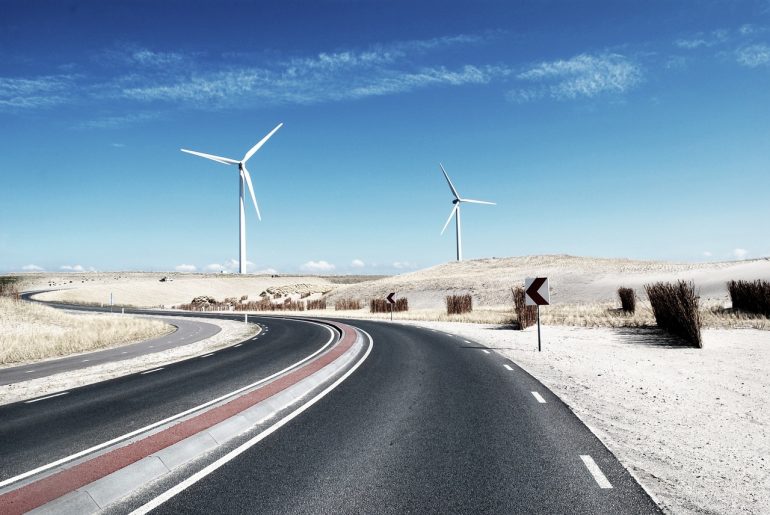In essence, the SDGs can only be met if they are an integral part of the development paths of countries under the Belt and Road Initiative (BRI). As the original 65 countries under the BRI collectively account for over 30% of global GDP, 62% of population, and 75% of known…
On May 20, 2019, the Ministry of Transport and 12 other ministries jointly issued the Green Travel Action Plan (2019-2022), which will further promote the large-scale application of green vehicles and accelerate the construction of charging infrastructure. China will also continue to improve public transportation facilities, connectivity and information systems…
In 2015, for the first time in history, the world reached a series of consensus on sustainable development. From the Addis Ababa Action Agenda to the 2030 Agenda for Sustainable Development and to the Paris Agreement, an international framework for sustainable development has gradually taken shape. China’s Belt and Road…
Editorial Note: Strengthening the BRI sustainable infrastructure connectivity requires enormous investments, in which green finance can play a decisive role. China, during its Presidency of the G20 in 2016, integrated green finance into the G20 Agenda for the first time in history and acted as the co-chair in the subsequentially…
Editorial Note: From 25 to 27 April 2019, the 2nd Belt and Road (BRI) Forum for International Cooperation was held in Beijing, and on 22 April, the Office of the Leading Group for Promoting the Belt and Road Initiative published a report titled “The Belt and Road Initiative (BRI): Progress,…




